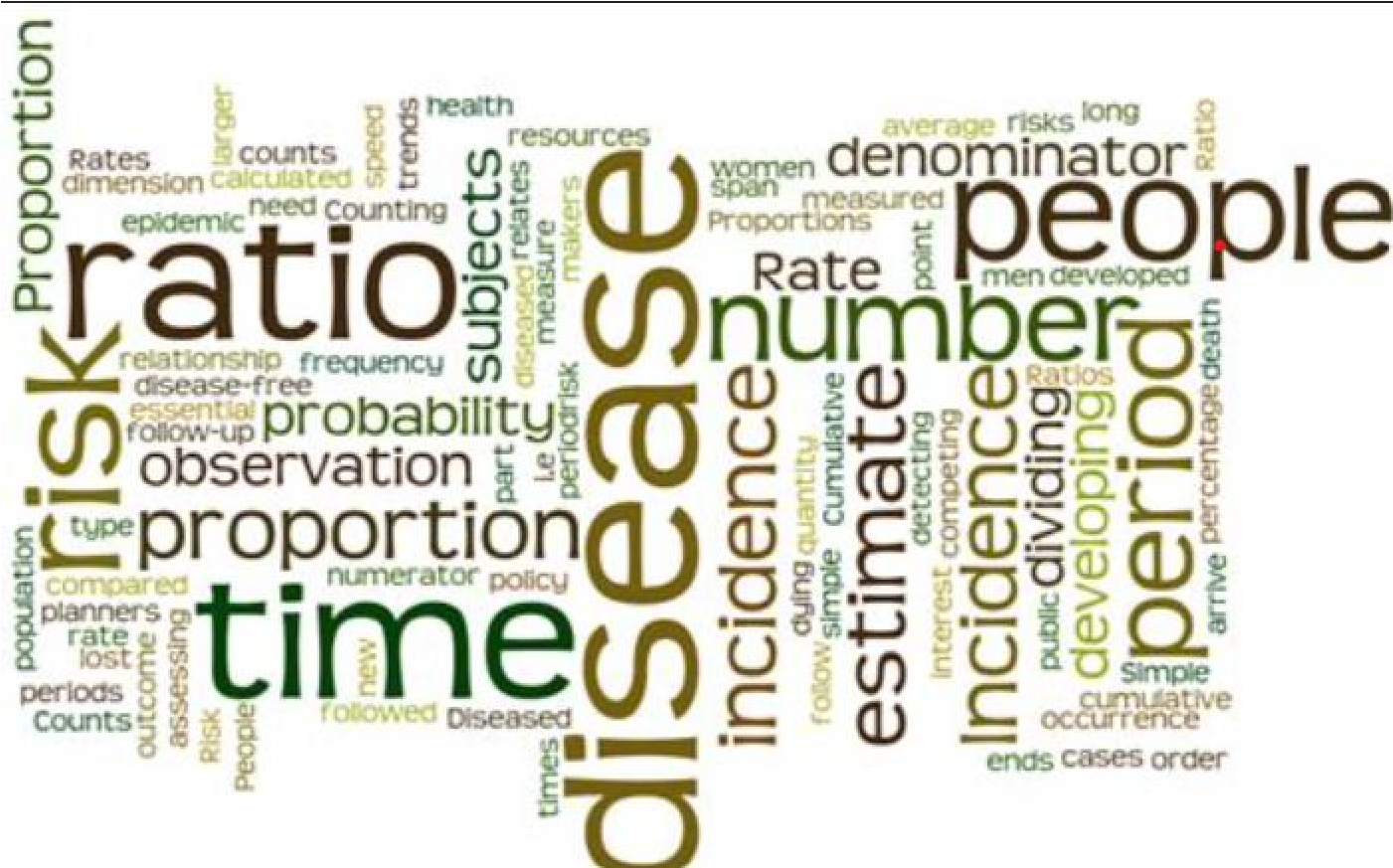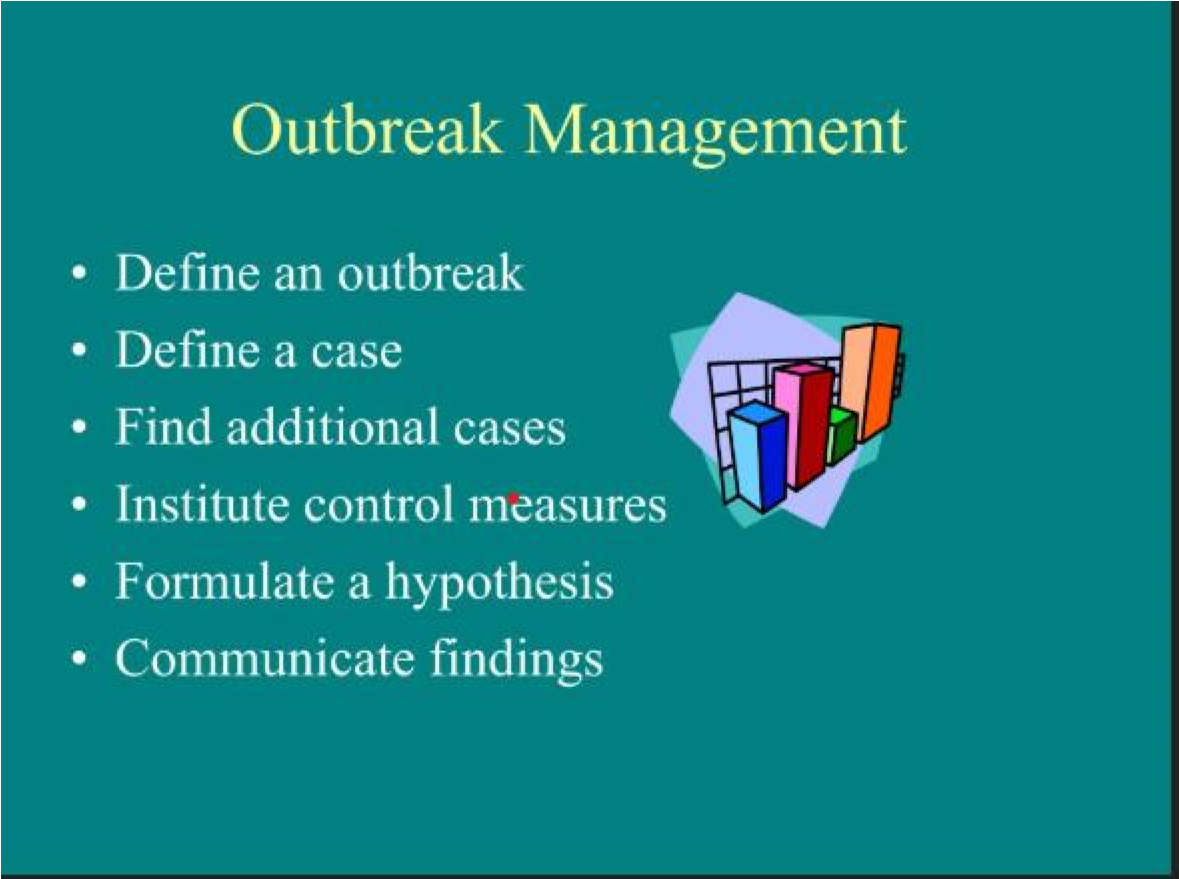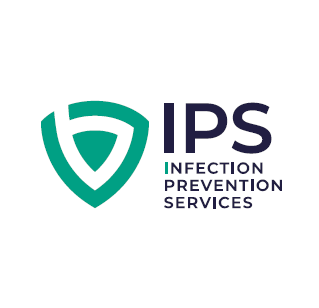Defining an Outbreak in Aged Care

Why do we need to have a Definition of an Infection?
Before discussing the financial implications of an outbreak in an aged care facility, it is essential to understand what an "outbreak" means in the context of aged care facilities in Australia and New Zealand. It's more than just a few residents feeling unwell; it indicates a situation requiring a coordinated response and has specific criteria for identification, often guided by detailed surveillance definitions. In the presence of an outbreak, we also rely on data produced both from surveillance and previous outbreaks. Data from other facilities, both national and international, would allow the facility to react with better knowledge of the disease being treated, possible outcomes and the costs involved.
An outbreak occurs when there are more cases of a disease than expected within a specific location and for a targeted population, such as residents in an aged care facility. A related term, a "cluster," refers to several cases grouped in place and time that are suspected to be greater than expected, even if the actual expected number isn't known.
A vital step in effectively investigating an outbreak is developing a clear case definition, which helps standardise the identification of the infection and surveillance tracking of cases. A case definition includes specific criteria related to the person, place, time, and clinical features associated with the outbreak. Laboratory results may be included for confirmation. Case definitions can be categorised by the degree of diagnostic certainty, such as suspected, probable, or confirmed cases, and may be adjusted as more information becomes available. The McGreer Criteria encompasses these points and provides clear case definitions, allowing a clearer response to an outbreak.
In aged care settings, identifying healthcare-associated infections (HAIs) indicating a possible outbreak or those requiring enhanced surveillance often relies on detailed definitions for common infections. Examples of such criteria for various infections, including Urinary Tract Infection (UTI), Respiratory Tract Infection (RTI), Skin and Soft Tissue Infection (SSTI), and Gastrointestinal Tract Infection (GITI), can be found, but ideally should be standardised to apply on, at least, a national level. These definitions often combine criteria such as fever or leucocytosis, with specific signs, symptoms, and often laboratory findings from the infection site in that particular case. For instance, a UTI definition for a resident without an indwelling catheter might require acute dysuria or fever/leucocytosis plus other specific urinary symptoms, alongside a microbiological “positive” from a urine sample. These specific, criteria-based definitions are vital for consistent surveillance and outbreak identification in the long term.

Counting Cases: Why Clear Definitions Are Vital in Aged Care Outbreaks
Infectious disease outbreaks pose a constant challenge in residential aged care facilities, affecting the health and well-being of vulnerable residents and placing a strain on staff and resources. While the economic impact of these events can be substantial, accurately predicting the costs and effectively managing outbreaks relies on a fundamental step: clearly defining what constitutes a case and an outbreak.
The Foundation of Response: Developing a Case Definition
Developing an ideal case definition is vital to investigating
an outbreak effectively. This definition should act as a benchmark, is
standardised, and allows consistency in identifying the individuals considered
part of the outbreak, both during an investigation and potentially across
different outbreaks or locations. The infection may also be present in the
community, which needs to be considered.
A strong case definition usually includes factors based on
four key elements specific to the outbreak under investigation:
- Person: Describing shared characteristics of affected individuals, like age, sex, or occupation (e.g., residents living in a specific wing/corridor of an aged care facility).
- Place: Identifying the specific location of the facility associated with the outbreak.
- Time: Specifying a date for the onset of the infection to include relevant cases and exclude unrelated illnesses.
- Clinical
Features: Initially, the investigation should be simple and objective
(e.g., sudden onset of fever and cough); later, the infection definition is
refined with laboratory results.
Case definitions can also be categorised by the certainty of identification into three categories (Suspected, Probable, Confirmed), and these categories are adjusted as more information becomes available. For example, a resident may present with an infection definition which could only be described as broad (e.g., resident in room 46 who has onset of fever and cough between January 4 and 6, 2025). This infection would later incorporate specific laboratory requirements and be correctly defined.
Bringing Consistency: Standardised Infection Definitions in Aged Care
Beyond defining a specific outbreak, having standardised
definitions for common infections in aged care settings is equally vital. These
definitions provide clear criteria for identifying individual cases of common
HAIs, which are a significant public health problem associated with increased
morbidity, mortality, and cost.
Such definitions detail specific signs, symptoms, and often
laboratory or diagnostic criteria for various infections frequently occurring
in aged care, including:
- Urinary Tract Infections (UTIs): The definition of UTIs is based on symptoms such as acute dysuria, fever, or increased incontinence, combined with specific microbiological results from urine samples. Definitions exist and vary for residents with and without indwelling catheters.
- Respiratory Tract Infections (RTIs): Definitions cover conditions from the Common cold and Influenza-like illness to more severe Pneumonia and Bronchitis, with criteria based on symptoms; fever, cough, and often results from chest X-rays or oxygen saturation.
Skin and Soft Tissue Infections (SSTIs): Definitions for conditions like Cellulitis, Scabies, and Conjunctivitis, with criteria incorporating signs like redness, swelling, pus and lab confirmations to form a diagnosis.
- Gastrointestinal
Tract Infections (GITIs): Including definitions for Gastroenteritis, Norovirus
gastroenteritis, and Clostridium difficile infection, based on symptomatic
criteria such as the frequency and nature of diarrhoea or vomiting, with
laboratory confirmation of the specific pathogens or toxins.
These definitions often include specific thresholds for
symptoms:
- Thresholds for symptoms - e.g., ≥ 3 liquid or watery stools within 24 h for diarrhoea
- Clinical Markers - e.g., Leukocytosis defined as >14,000 WBC / mm3 or specific band counts
Constitutional Criteria – fever, acute mental status
Why Definitions Impact the Bottom Line
While sources providing these specific definitions, such as
McGeer, don't provide details on the financial costs of an outbreak, they are
foundational to assess accurate costings and effective resource allocation.
Quantifying the full cost of outbreaks is a challenge, due in part to the
scarcity of comprehensive cost data and the lack of standardised methods for
predicting those costs. Economic evaluations often vary in their perspectives
and how indirect costs are included in the data.
Consistent, criteria-based identification of infections and
outbreaks, facilitated by these standardised definitions, is a necessary step
towards establishing more precise financial benchmarks. Without clear and
consistently applied definitions, tracking the true incidence and scope of
outbreaks is difficult, leading to unreliable data on the resources consumed
and costs incurred during these events.
For example,
there is a significant economic burden of HAIs in New Zealand public hospitals.
This is estimated at $955 million annually, calculated using a standardised
methodology (ECDC) and relying on consistent HAI definitions for their
prevalence survey. This demonstrates that reliable cost data is built upon
reliable case identification.
Improved standardisation in defining infections and outbreaks would lead to more accurate and comparable cost data across aged care facilities and regions. This consistency is crucial for policymakers and providers to:
For example, there is a significant economic burden of HAIs in New Zealand public hospitals. This is estimated at $955 million annually, calculated using a standardised methodology (ECDC) and relying on consistent HAI definitions for their prevalence survey. This demonstrates that reliable cost data is built upon reliable case identification.
Improved standardisation in defining infections and outbreaks would lead to more accurate and comparable cost data across aged care facilities and regions. This consistency is crucial for policymakers and providers to:
- Understand the true economic burden of different types of outbreaks.
Identify the key cost drivers more precisely.
- Allocate resources more effectively for
preparedness and response.
Essentially, you can't effectively cost what you can't consistently define and count.

Conclusion: Defining the Path to Better Outcomes
In conclusion, while the direct costs of an outbreak might be visible in staffing shortages, extra PPE use, and medical expenses, truly understanding and mitigating these costs begins with clear, standardised definitions. Having strong case definitions for specific outbreaks and standardised surveillance definitions for common infections like UTIs, RTIs, SSTIs, and GITIs is essential for effective surveillance and data collection. This consistency is not just about clinical management; it is necessary to develop the precise financial benchmarks needed to accurately assess the economic burden of infections in aged care. Prioritising the use of standardised definitions across Australasia would significantly enhance the accuracy and comparability of cost data, ultimately leading to better resource allocation, more informed policy decisions, and improved overall health outcomes for residents in aged care facilities.
This blog is the first of three examining the costs of an outbreak. The second will delve deeper into the McGeer criteria for identifying infection, and the third will consider the financial burden of outbreaks in aged care facilities in Australia and New Zealand.
Take advantage of our expertise in IPC. See the HUB for policies, resources and courses relating to this very important subject. Ask EVE for a quick answer to your question.
Lyndon Forrest
I am a passionate and visionary leader who has been working in the field of infection prevention and control in aged care for almost 30 years. I am one of the co-founders and the current Managing Director and CEO of Bug Control New Zealand and Australia, the premium provider of infection prevention and control services in aged care. I lead a team that is driven by a common purpose: to help aged care leaders and staff protect their residents from infections and create a healthier future for them.
I am building a business that focuses on our clients and solving their problems. We are focused on building a world-class service in aged care. We focus on being better, not bigger, which means anything we do is for our clients.
Erica Leadley
Erica Leadley is a dedicated professional with a rich background in agriculture and nutrient management. Growing up on her family's farm in Mid Canterbury, she developed a deep passion for farming. She currently resides on her partner's arable property in South Canterbury.
In 2017, Erica joined the Farm Sustainability team, focusing on nutrient management and environmental stewardship. In February 2024, she became the Manager of Marketing and Sales at Bug Control New Zealand - Infection Prevention Services, where her passion now includes improving infection prevention outcomes.
Outside of work, Erica loves cooking and traveling, often combining her culinary interests with her explorations in Italy and Vietnam. She enjoys entertaining family and friends and remains actively involved in farm activities, especially during harvest season.
Toni Sherriff
Toni is a Registered Nurse with extensive experience in Infection Prevention and Control. Her career began as a kitchen hand and caregiver in Aged Care facilities, followed by earning a Bachelor of Nursing.
Toni has significant experience, having worked in Brisbane’s Infectious Diseases ward before returning home to New Zealand, where she continued her career as a Clinical Nurse Specialist in Infection Prevention and Control within Te Whatu Ora (Health NZ).
Toni brings her expertise and dedication to our team, which is instrumental in providing top-tier infection prevention solutions to our clients.
Julie Hadfield
Julie is experienced in Accounts & Payroll Administration & after a long career in both the Financial & Local Government Sectors, is now working with our team. Julie brings her strong time management & organisational skills to our team, which is important to keep the company running in the background to enable the rest of our team to provide top notch service to all of our clients.
Andrea Murray
I attended Otago University in NZ and graduated as a Dental Surgeon. After 40 years in the profession, I retired in 2022. Infection prevention knowledge was part of everyday practice, dealing with sterilisation, hand hygiene, and cleaning.
Before retiring, I began doing some editing and proofreading for Bug Control as I am interested in the subject and in the English language. During the COVID-19 lockdown, I attended the ACIPC course "Introduction to Infection Prevention and Control", which increased my interest in the subject. I now work part-time as the Content Editor for the company.
Princess
Princess began her career as a dedicated Customer Service Representative, honing her communication and problem-solving skills. She later transitioned into a Literary Specialist role, where she developed a keen eye for detail. Her journey then led her to a Sales Specialist position, where she excelled in client relations.
Now, as a Customer Support professional in Infection Prevention Services. Princess focuses on ensuring customer satisfaction, building loyalty, and enhancing the overall customer journey.
Dianne Newey
With over 35 years of experience as a Registered Nurse, I'm now applying all my experience and skills as a Senior Infection Prevention and Control Consultant with Bug Control Infection Prevention Advisory Services.
This is through IP&C education, IP&C environmental audits and reports, IP&C policy and procedure review and development and consultancy on infection prevention and control issues. When I’m not working, I spend time with my family and in my garden, where I grow all my own veggies.
Caoimhe (Keva) Stewart
Caoimhe is the Manager of Customer Service at Bug Control | Infection Prevention Services, where she ensures that learners have a seamless and supportive experience. With her previous experience as a Registered Nurse in both the UK and Australia, Caoimhe brings a deep understanding of healthcare to her role. Before joining Bug Control IPS Services, she worked in a variety of nursing settings, including Occupational Health, Palliative Care, and Community Nursing, providing her with the ability to empathise with learners and understand the challenges they face.

